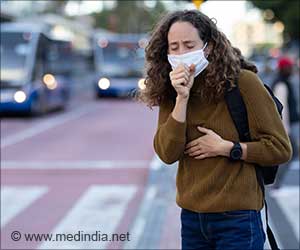In a new research, scientists have determined that climate change is threatening rice production.
The vulnerability of rice to extreme weather is evident in the form of events like once-in-a-lifetime floods in the Philippines, India's delayed monsoon, and extensive drought in Australia.By using advanced modeling techniques, the International Rice Research Institute (IRRI) has mapped rice-growing regions in the Philippines that are most likely to experience the negative effects of climate change, showing the extent to which climate change threatens rice production.
Solutions to help farmers adapt are nevertheless available.
Cyclone Nargis wreaked havoc on the rice crops and communities of Myanmar in 2008. Since then, IRRI has sent submergence-tolerant and salt-tolerant rice varieties for testing there as more resilient options for farmers.
Massive rat infestations in Myanmar followed cyclone Nargis.
Horrific rat infestations also occurred recently in Laos and Bangladesh, where the rodents ate up to 100 percent of rice crops, invaded house stores of food, bit sleeping people, and likely propagated disease.
Advertisement
Source-ANI
LIN










